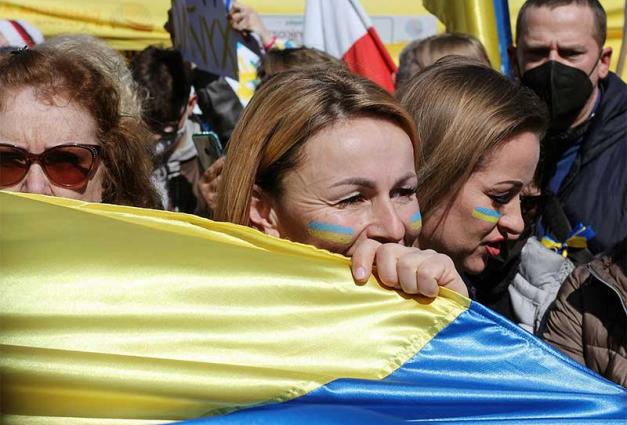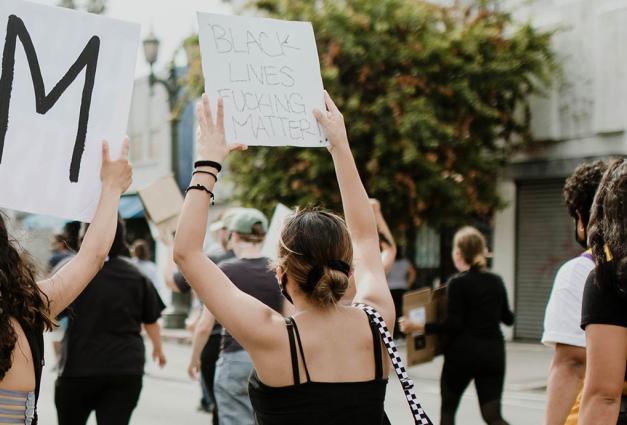From the Indian Province of Kerala to the Middle East Conflict: When the Ingroup is Viewed as Eternal
In the Indian province of Kerala, an awe-inspiring temple towers over the city Thiruvananthapuram. For thousands of years, local maharajas, foreign dynasties, as well as the poor devotees of the region, have donated immense amounts of gold, jewels, and other riches to be safeguarded in the hidden vaults of the Sree Padmanabhaswamy temple, dedicated to the deity Vishnu. Over the centuries, a treasure of unimaginable proportions has been accumulated and following a court order in 2011 (Uthradam Thirunal Marthanda Varma, 2011), the ancient doors to the vault were opened in order to audit the treasure. As the audit proceeded, it quickly became apparent that the value of the treasure exceeded even the wildest speculations with some estimations being over $1 trillion dollars (Dobson, 2015), roughly half of the value of India’s GDP (World Bank, 2017).
It is hard to escape the glaring contrast between such staggering wealth and the poverty and deprivation that continues to plague hundreds of millions in the Indian subcontinent (Department of Rural Development, 2015). Indeed, after the worth of the treasure became known, voices were soon raised in protest, pointing out that the temple’s riches could be used to lift millions from poverty or even wipe out a sizeable part of India's overall fiscal deficit (Pomfret, 2011). Opponents of such proposals emphasize the cultural, religious, and historical value associated with the temple and its treasures and see the monetization of the riches as sacrosanct treachery against the religious and cultural heritage it represents as well as to the generations of poor devotees who have donated their feeble belongings to the temple's vaults (Mannathukkaren, 2011). While each side in this debate presumably cares deeply about the fate of their fellow compatriots and the cultural and national group to which they belong, the case of the Sree Padmanabhaswamy temple provides a striking illustration that the ingroup sometimes has several sets of interests and that the immediate interests of the current generation of group members do not always coincide with the interest of the group when perceived in a wider time perspective.
In an article published in the Personality and Social Psychology Bulletin (Kahn, Klar & Roccas), Along with my coauthors, Yechiel Klar and Sonia Roccas, I develop a framework for understanding how the ingroup is perceived on a temporal dimension and suggest that people differ in the degree to which they perceive the ingroup as Trans-Generational (including all past, present and future generations of group members) or Intra-Generational (focusing mainly on the current generation). When the ingroup is perceived as Trans-Generational, the perspective of the current generation of ingroup members change. The birds-eye perspective afforded by such a perception of the group diminishes the relative importance of the welfare of the current generation of group members at the expense of historical, cultural, and symbolic values associated with the group.
In four studies, conducted among Israeli Jews, Palestinians, Americans, and Swedes, we show that the perception of the group as Trans-Generational is associated with an increased willingness to accept the continued suffering and hardships experienced by current group members for the sake of the eternal group. This tendency comes to the fore in violent intergroup conflicts, in particular conflicts that are embedded in a charged historical context in which the suffering of past generations and the imagined glory of a promised future serve to justify current suffering among one’s fellow co-nationals. Third-party observers of such conflicts are at times puzzled at the seeming unwillingness of the warring parties to make the necessary concessions in order to reach a peaceful resolution of the conflict. Doing so would seem to be in the best interest of both parties, who are often suffering great hardships and sacrifices as a result of the ongoing conflict. After all, social psychological gospel tells us that people generally want their ingroup to benefit (e.g., Brewer, 1979; Tajfel, 1981).
Our research suggests that while people do generally want their ingroup to benefit, they differ in their perception of what constitutes the ingroup; or more poignantly, when constitutes the ingroup. While a perception of the group as an intra-generational cohort of current group members may be associated with a willingness to make concessions on historical assets – to sell the proverbial temple treasure in order for the current ingroup members to prosper – a perception of the group as Trans-Generational may in some cases lead to a willingness to compromise on the welfare, indeed even the lives, of fellow ingroup members for the sake of the eternal group.
Dennis Kahn is a postdoctoral fellow, cohosted by the Interdisciplinary Center in Herzliya, Israel and Lund University, Sweden. His research focuses on social representations of history and perceptions of collective threats.
Photo "Sri Padmanabhaswamy temple in Thiruvananthapuram" by Rainer Haessner is licensed under CC BY-SA 3.0
References:
Brewer, M. B. (1979). In-group bias in the minimal intergroup situation: A cognitive–motivational analysis. Psychological Bulletin, 86, 61–79.
Department of Rural Development (2015) Socio-economic Caste Census.
Dobson, J. (2015, Nov 13). A one trillion dollar hidden treasure chamber is discovered at India's Sree Padmanabhaswamy temple, Forbes. Retrieved from http://www.forbes.com/.
Kahn, D. T., Klar, Y., & Roccas, S. (in press). For the Sake of the Eternal Group: Perceiving the Group as Trans-Generational and Endurance of Ingroup Suffering, Personality and Social Psychology Bulletin.
Mannathukkaren, N. (2011, Aug, 27). The misery of plenty, The Hindu. Retrieved from http://www.thehindu.com/.
Pomfret, J. (2011, Aug, 9). India temple treasure brings riches, challenges, Reuters. Retrieved from http://www.reuters.com/.
Tajfel, H. (1981). Human groups and social categories: Studies in social psychology. Cambridge, UK: Cambridge University Press.
Uthradam Thirunal Marthanda Varma v. Union Of India. W.P.(C) No.4256/2010. (2011). Retrieved from https://indiankanoon.org.
World Bank (2017). World databank. Retrieved from http://data.worldbank.org.




